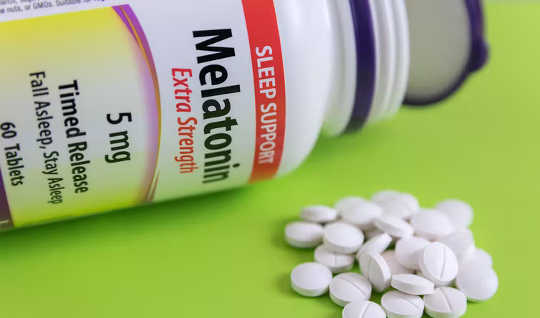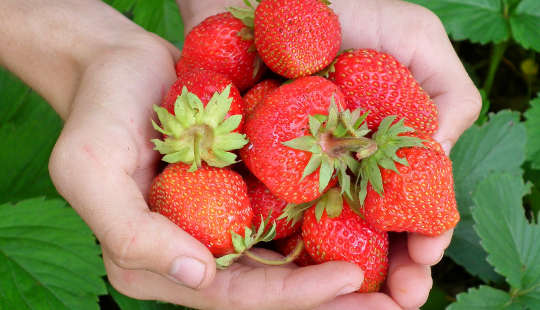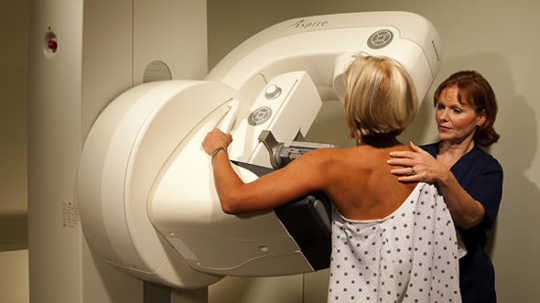
Taller adults may be more likely than shorter ones to develop colorectal cancer or colon polyps that can later become malignant, a new meta-analysis shows.

In many countries, as restrictions lift and freedoms are restored, there’s a general feeling that the pandemic is over. There is, however, still the significant concern that a dangerous new variant could emerge.

The day-night regulation properties of melatonin and light make them the two key factors in the establishment of the internal sleep-wake clock, or what is called the “circadian cycle”.

Given the ubiquitous presence of this highly infectious coronavirus in our community and the high rate of asymptomatic illness, those who have not been diagnosed with COVID might wonder, “how would I know if I had been infected?” And, “does it matter if I have?”.

Researchers have been steadily gathering important insights into the effects of COVID-19 on the body and brain. Two years into the pandemic, these findings are raising concerns about the long-term impacts the coronavirus might have on biological processes such as aging.

Drinking a little wine with dinner may help lower risks of developing type 2 diabetes, according to a new study.

Eating is an essential part of human life and it turns out that not only what we eat but when we eat can impact our brains.

A new motion-sensor video game can help patients recovering from a stroke improve their motor skills and affected arm movements at home while checking in periodically with a therapist via telehealth.

We asked two questions: is it best to lower LDL cholesterol (sometimes known as “bad” cholesterol) as much as possible to reduce the risk of heart attack, stroke or premature death? And, how do the benefits of statins compare when it comes to reducing the risk of these events?

Heart disease is the leading cause of death in Australia – and worldwide, including in the United States, where two in ten people who die of heart disease are aged under 65.

A Nordic diet has positive health benefits, regardless of whether you lose weight or not, new research shows.

If people are concerned about their sleep and have a limited amount of time to exercise, they may want to consider prioritizing resistance workouts

As people in the U.S. prepare to turn their clocks ahead one hour in mid-March, I find myself bracing for the annual ritual of media stories about the disruptions to daily routines caused by switching from standard time to daylight saving time.

The Golden Rule, “Do unto others as you would have them do unto you,” refers to treating others the way you want to be treated. This applies to our food, those living beings—vegetable, animal, and mineral—that provide us with nourishment and sustain our physical, emotional, mental, and spiritual energy.

If you’re someone who suffers from motion sickness, travelling in many types of vehicles can be difficult thanks to a host of symptoms like dizziness, lightheadedness, nausea and even vomiting.

Fostering sustainable food systems is an urgent global priority. Sustainable diets are a part of food systems with important implications for human and environmental health.

Vitamin D is important for maintaining health, as it has many roles in the human body. But there is more than one form of vitamin D, and recent research suggests that these forms may have different effects

Even though our fatty tissue loses important function with age, a high volume of exercise can have a significant impact for the better, according to a new study.

About one in seven breast cancers detected by mammogram screening in the United States are over-diagnosed, according to a new study.

One thing is certain: COVID-19 will not be the last challenge of our time, and even while we are striving to tame the current pandemic, we need to prepare for the next challenge, using evidence and knowledge.

There’s long been evidence that moderate aerobic exercise (think walking, running, or cycling) are good for your lifelong health and well-being. But what else?

People typically think of food as calories, energy and sustenance. However, the latest evidence suggests that food also “talks” to our genome, which is the genetic blueprint that directs the way the body functions down to the cellular level.

That’s the main finding of an online survey we administered to 930 Americans, selected to be representative of the U.S population in terms of gender, education, age and income. The margin of error is plus or minus 2%.














